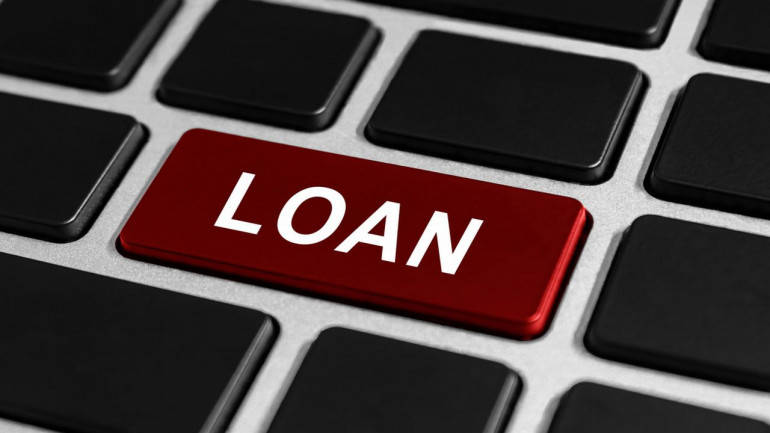
That expensive watch costs more than the money you have but you don't hesitate to take out your credit card and pay for it. Is that piece of jewellery so tempting that you are considering buying it on credit? Borrowing is easy today. It can be through quick loans from lending institutions or through your credit card. However, reckless and impulsive borrowing can lead people into debt trap which they might find difficult to extricate themselves from.
Personal finance advisors say borrowing should be selective and resorted to in situations which are absolutely necessary. “Reckless borrowing leads to borrower working for the bank/financial institution/lender. They do not work for themselves. Progressively, all income goes into repaying the loan or debt servicing. Unless income grows substantially, they start selling off assets and investments to barely make ends meet. The last stage is virtual bankruptcy when there are no assets to pledge left or to sell,” says Anil Rego, Founder and CEO, Right Horizons.
But how does one check the impulse to borrow recklessly? Adhil Shetty, CEO, Bankbazaar, sets out a four-point checklist to curb the borrowing instinct.
-Budget: The first step to ensure that you do not fall into a debt trap is to make a budget and stick to it. Take stock of how much money you have by calculating the amount left in your account after deduction for EMIs and other utility bills. Since a lot of shopping happens via credit cards, plan your credit card expenditure too based on how much credit card debt you can manage in future. Once you have zeroed in on an amount that you can spare for your expenses, stick to that budget.
--Plan: The next important thing that goes hand in hand with saving is planning. Make an exhaustive list of everything you would like to spend on. Once you are done with the shopping list, start purchasing only the items mentioned in the list and refrain from impulsive buying. If you stick to your shopping list, the chances of overshooting your shopping budget will be smaller. Also, keep your eyes open for all the deals, discounts and offers on items on your shopping list. This will help you get the best deals, and even small savings add up in the long run.
--Restrict: Don’t borrow more than what you can afford to pay back. With credit in the form of personal loans and credit cards being available more easily, it is easy to get carried away and borrow more than your repayment capacity. Loans are not a source of free money. Do not have multiple loans simultaneously or take new loans to close old ones. Make sure your debt is in control by making sure your loan EMI does not exceed 35-40% of your monthly income.
--Track: Remember the due date. Lenders charge a huge interest rate on defaults. So make sure you make your payments before the due dates to avoid penalties. These penalties along with the interest charged are a sure-fire way of hitting a debt trap.
Anil Rego advises putting a definite limit on spending. “One should avoid excessive spending that ultimately leads to over-borrowing. Firstly, limit spending to 50% of income. Second, borrow only 50% of your total assets. Three, avoid people, situation, and places where you have the tendency to over-spend. Four, take the majority opinion of 2-3 family members or childhood friends before you take any loan,” he says.
Nirmal Rewaria, CEO & Co-founder, My Finpeace, suggests resisting peer pressure and keeping one’s own aspirations realistic. “Avoid using plastic money which has been pushed in your wallet. Use only debit cards. Credit cards should only be used only in emergencies. Before buying making it a habit to analyze whether you need the thing or it is a push sell or emotional push,” he said.
First Published on Jun 7, 2018 10:56 am moneycontrol Sarbajeet Sen
No comments:
Post a Comment